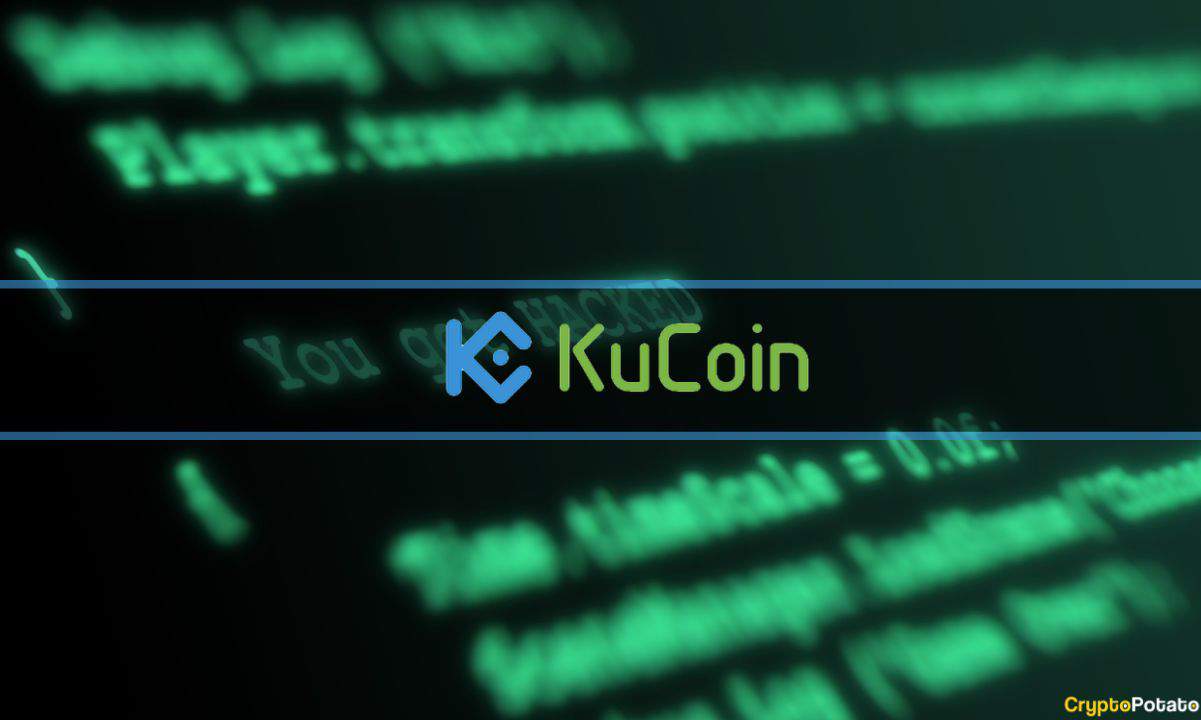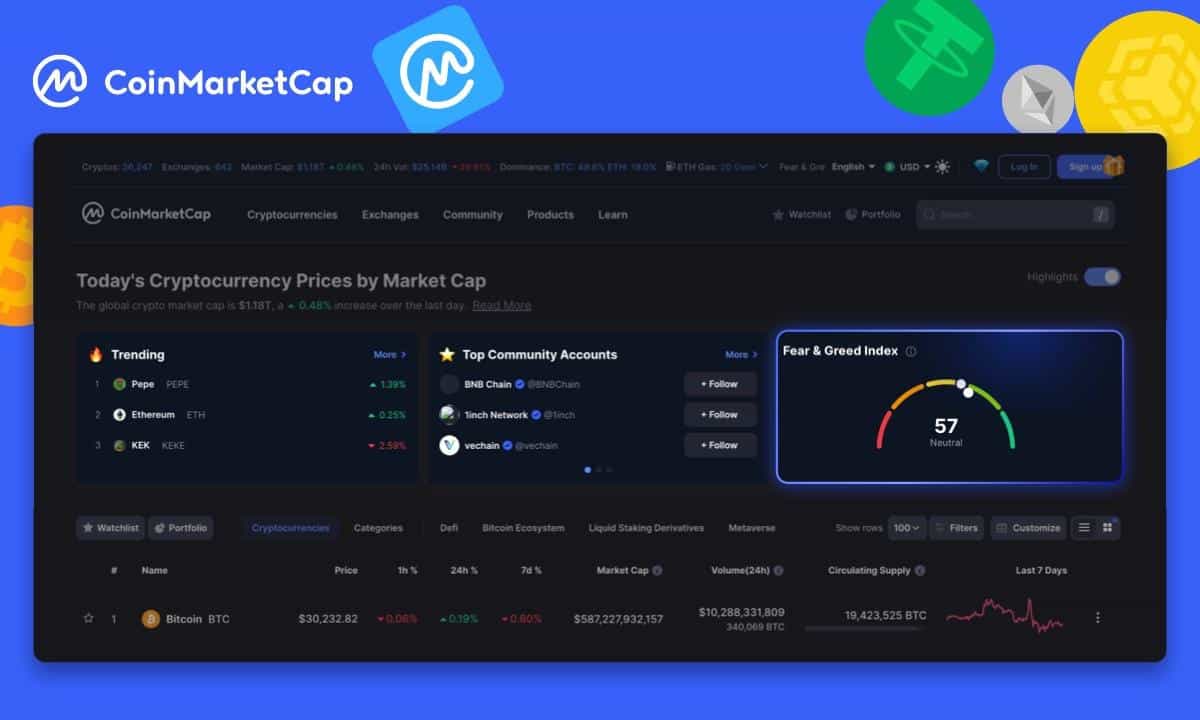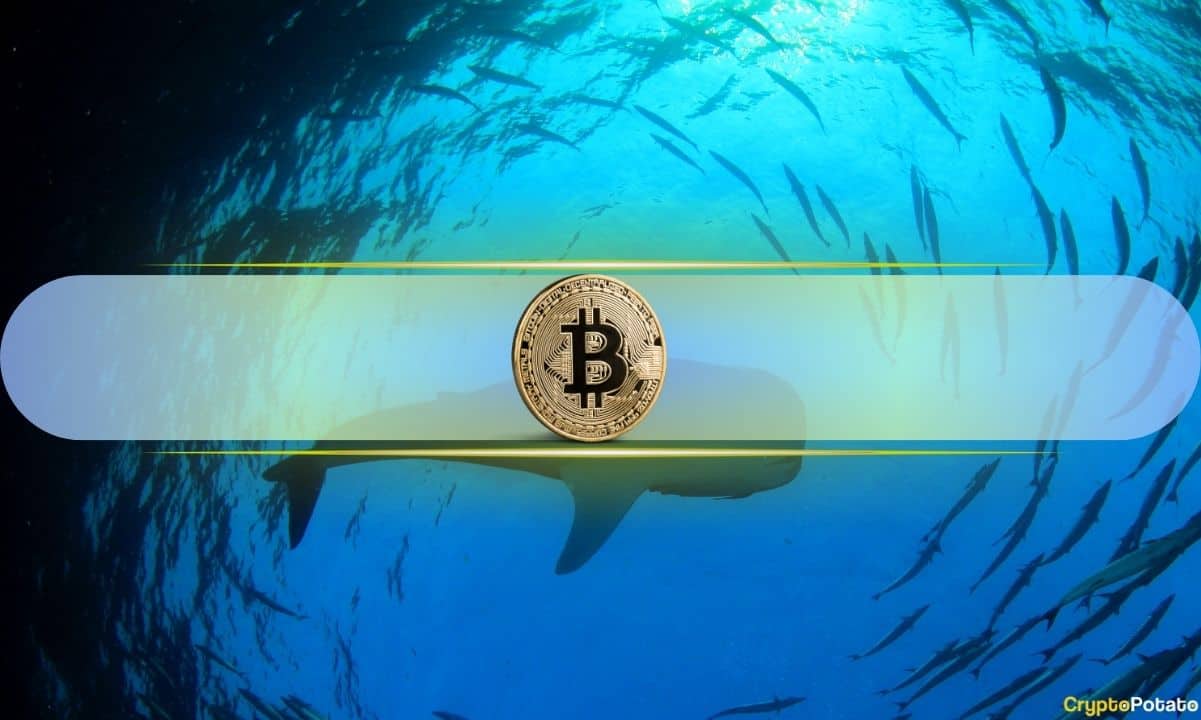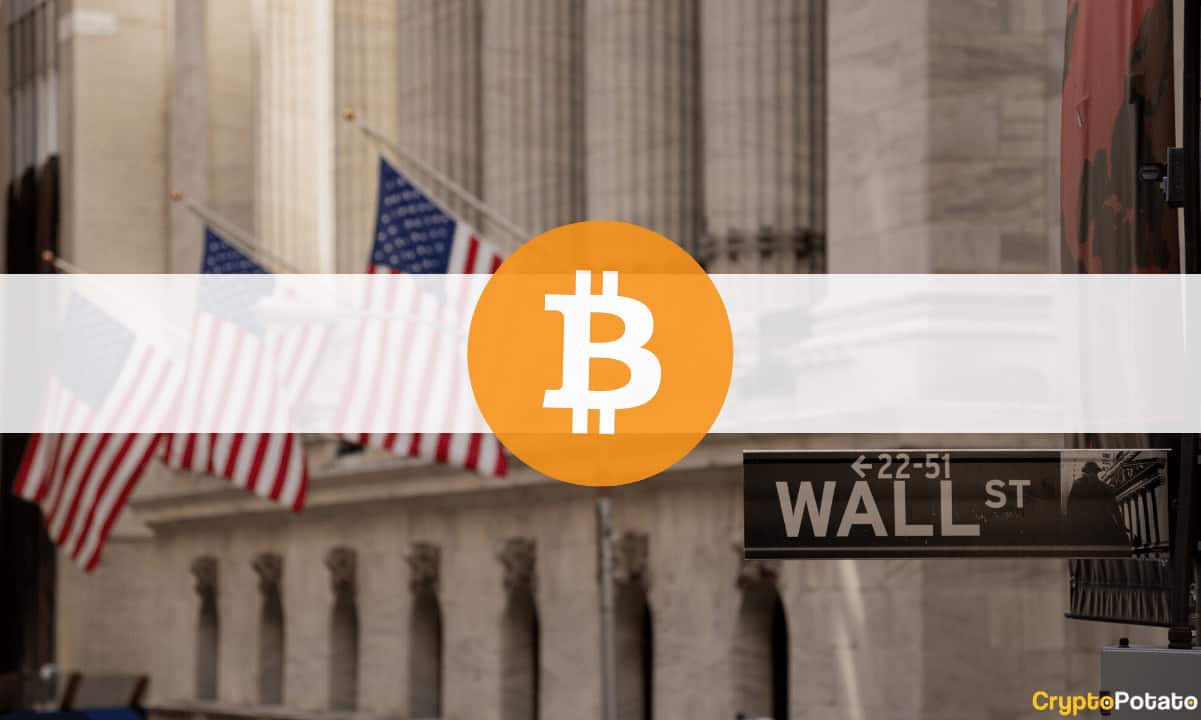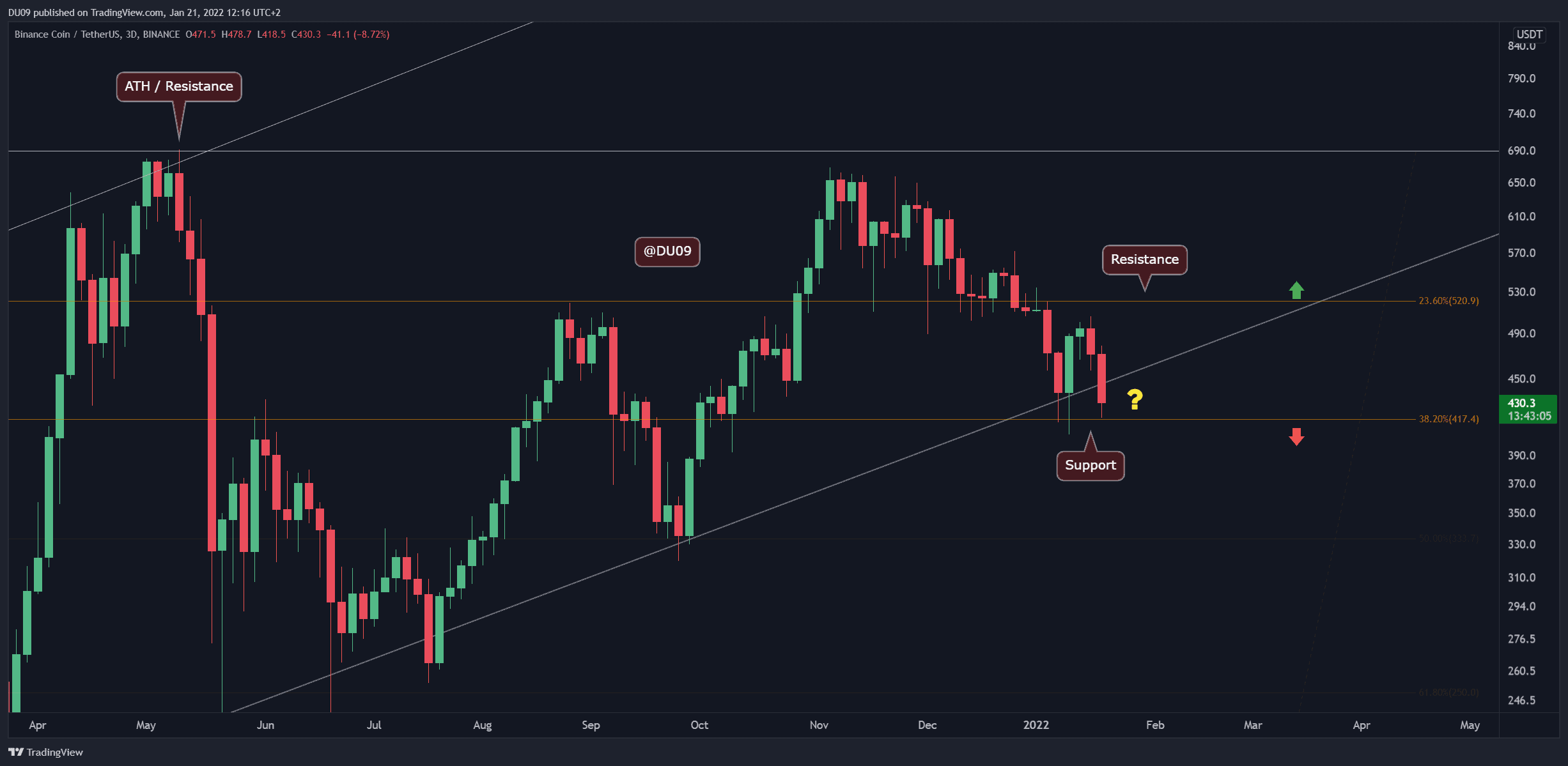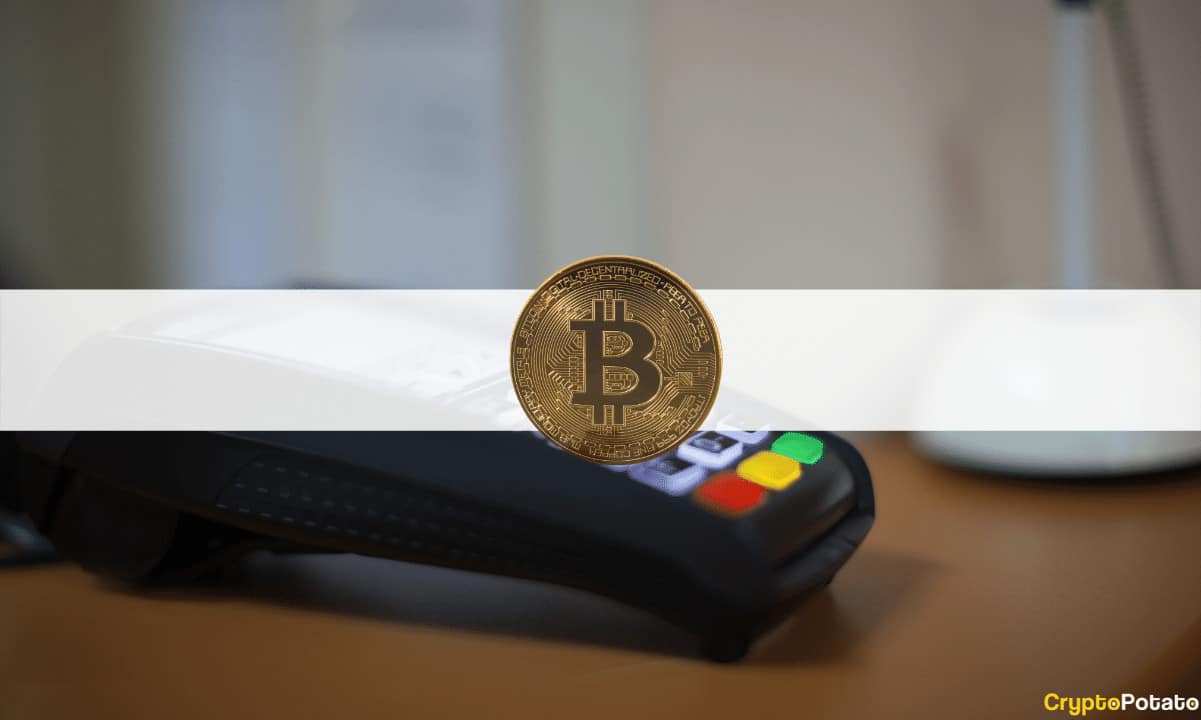Ethereum vs Bitcoin Spark: A Comparative Study of Two Distinct Cryptocurrencies
Ethereum (ETH) and Bitcoin Spark (BTCS) have both garnered popularity in the crypto space. So, let’s conduct a comparative study of these two distinct crypto projects.

What is Ethereum?
Ethereum is a blockchain that allows developers to build smart contracts and decentralized applications (DApps). Ethereum’s native token, Ether (ETH), facilitates operations on the network, serving as fuel for executing smart contracts. This unique capability has made Ethereum a foundational pillar in the blockchain ecosystem, enabling a wide range of applications, including decentralized finance (DeFi), non-fungible tokens (NFTs), gaming, supply chain management, and more.
How to Stake Ethereum
Ethereum staking became possible after Ethereum’s transition from a Proof-of-Work (PoW) to a Phreroof-of-Stake (PoS) consensus mechanism. This move was driven by the need to tackle scalability challenges inherent in PoW systems. In PoS, the process of creating new blocks and validating transactions is carried out by validators who are selected based on the number of ETH they hold and are willing to stake as collateral rather than relying on the computational power used in PoW’s complex puzzles.
To stake Ethereum, you are required to possess a minimum of 32 ETH and run a compatible validator node. Alternatively, you can choose to utilize staking services offered by various platforms. The transition to PoS has indeed improved certain aspects of the Ethereum network, such as reducing energy consumption and speeding up block confirmations. However, concerns about centralization still remain, as individuals with substantial amounts of ETH have a significant degree of influence and control within the network.
What is Bitcoin Spark?
Bitcoin Spark is an innovative blockchain that seeks to spark a new era in cryptocurrency by addressing the limitations of traditional blockchain systems and introducing cutting-edge technologies. At the core of this blockchain ecosystem is BTCS, its native cryptocurrency, which serves a multitude of functions, including powering smart contracts, facilitating payments for decentralized CPU/GPU power, and providing access to advertising services.
Bitcoin Spark can process transactions swiftly and cost-effectively thanks to a low block time, augmented individual block transaction capacity, and an extensive network of nodes. The blockchain’s multi-layered architecture positions it as a scalable platform for a wide range of smart contracts and decentralized applications (DApps).
How to Mine Bitcoin Spark
Bitcoin Spark introduces a revolutionary cross between Proof-of-Work (PoW) and Proof-of-Stake (PoS) consensus mechanisms known as the Proof-of-Process (PoP). This innovative system requires miners/validators to provide a stake and processing power to the network in order to validate transactions and earn rewards. The processing power contributed to the network will be rented out as remote computing power, giving rise to decentralized CPU/GPU rental.
Those using the network for this service will pay using BTCS, which will be transferred to the mining pool. Rewards for the miners will then be calculated as a blend of their individual stake and the work done using the network for remote computing.
However, Bitcoin Spark combines the PoP with a unique algorithm that exponentially decreases rewards per additional power and stake to promote a fairer distribution of rewards. Additionally, the network having a vast number of nodes allows it to host a large number of miners/validators, even those with low-powered devices.
Prior to releasing the network’s repository for developers to create their own mining software, Bitcoin Spark’s team will offer an application that allows users to mine by simply permitting access to their device’s processing unit.

The app will be compatible with Windows, Mac OS, Linux, iOS, and Android devices and will ensure security by creating a virtual processing environment separate from the device’s operating system functions. Miners have the option of selecting the number of device resources permitted for mining use, although the app itself can adjust the resources used to conserve battery, prevent overheating, and accommodate concurrent device usage needs.
Bitcoin Spark’s approach to network validation assures true decentralization by opening it up to virtually anyone with a smart device. It also ensures that the power consumption required is relatively low and has actual use in the real world.
Bitcoin Spark offers investors an opportunity to get BTCS early through its Initial Coin Offering (ICO). A number of crypto experts have given the ICO positive reviews, suggesting it has the potential to provide substantial returns.
Conclusion
Despite having similarities, it is clear that Bitcoin Spark and Ethereum are each charting their own course.
For more on Bitcoin Spark:
Website: https://bitcoinspark.org/
Visit BTCS ICO: https://network.bitcoinspark.org/register
Disclaimer: The above article is sponsored content; it’s written by a third party. CryptoPotato doesn’t endorse or assume responsibility for the content, advertising, products, quality, accuracy, or other materials on this page. Nothing in it should be construed as financial advice. Readers are strongly advised to verify the information independently and carefully before engaging with any company mentioned and do their own research. Investing in cryptocurrencies carries a risk of capital loss, and readers are also advised to consult a professional before making any decisions that may or may not be based on the above-sponsored content.
Readers are also advised to read CryptoPotato’s full disclaimer.
The post Ethereum vs Bitcoin Spark: A Comparative Study of Two Distinct Cryptocurrencies appeared first on CryptoPotato.

